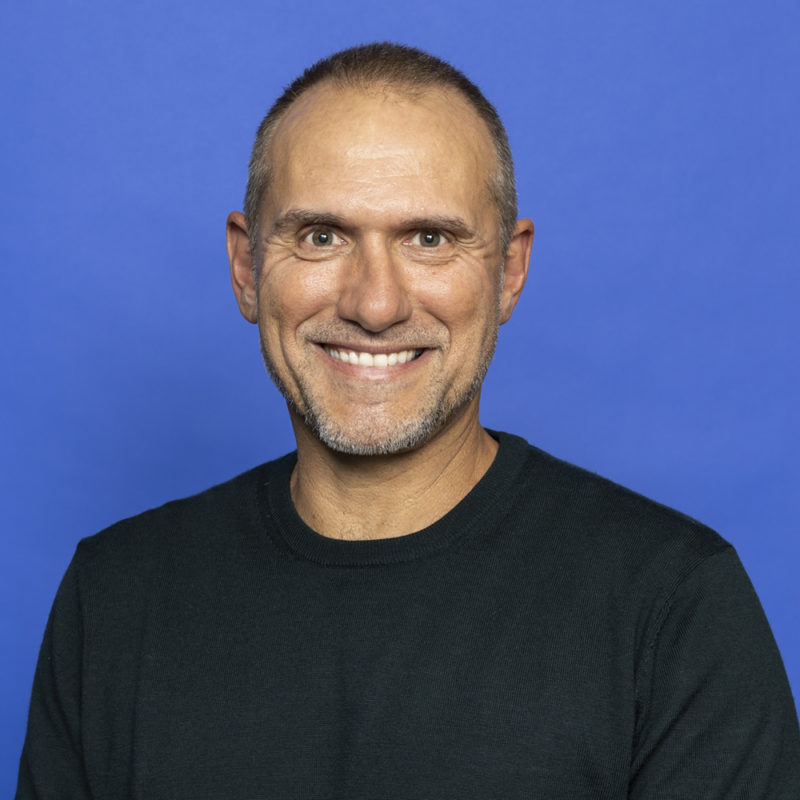Turning Indigenous discomfort into pride
The number one challenge for workplaces: Know how to make a space that is absolutely inviting to people from all cultures, writes Professor Shane Hearn, head of First Nations engagement and communication, Think HQ.
You can’t be what you can’t see.
Marlee Silva told me that this week, in an interview held to commemorate National Reconciliation Week.
It’s an enduring idea for so many of us in First Nations communities, precisely because it highlights how much bravery we must muster to make actual change. Because, as kids, we didn’t see people like us on TV or in the paper or making the big decisions. It was so pronounced many of us didn’t even notice. We just internalised that idea of not being a part of things. Of being something other from mainstream Australia.
Which messes with your head when you stand on a country, within a culture, that flows through you as something ancient, various, diverse, and ever-changing.
I was talking to Silva for the first episode of the Boorna-Wankiny conversation series. Boorna-Wankiny is a Noongar word meaning message stick. It was the original global mail system, used to collect and disseminate knowledge through wooden carvings carried across vast distances. This series is about creating a digital message stick to connect our industry with the indigenous voices they need to hear.
Because, as Silva drew my attention to, research in 2018 showed that representation of Indigenous people in Australia’s creative industry was “statistically insignificant”.
“That is horrifying,” she said. “We’re so creative. We tell our stories through dance and song and art. We’re storytellers. We should be overrepresented,” she said.
Silva is so powerfully accomplished she can almost single handedly fill me with hope for the future. A Kamilaroi and Dunghutti woman based in Sydney, she is a published author, podcaster, writer, consultant, activist, boundary rider for the NRL and public speaker.
She founded the Tiddas fir Tiddas storytelling movement that used social media to shine a spotlight on First Nations women.
Silva’s driving insight was the way she had turned her discomfort into pride. Growing up in Cronulla, she was one of very few Indigenous locals and her mum was scared for her dad to go to the beach after the famous race-driven riots. She recalls that discomfort of realising you’re the odd one out.
But her outspoken pride in her culture and the strength of the women in her family pushed her to live beyond the limitations other people had put on her.
Despite striving for excellence, she doesn’t wear ideals of “ambition” and “leadership comfortably.
“That’s not how I see myself. They’re not dirty words, but they don’t fit as well as they do in a Western context,” she said.
“The success I pursue every day is not for myself. It’s not an individual ambition – although that’s in there of course – it’s a community one. When (First Nations people) open a door, they offer a hand back to pull you through. That’s such a special part of our culture.
So, what else did Silva have to share for those looking to make progress in this space beyond this week?
The number one challenge for workplaces: Know how to make a space that is absolutely inviting to people from all cultures. This is a forever journey: We are all so diverse, you’ll never get to the point where you’ll know everything.
Look internally and understand the community on the ground you work on. Listen a lot and provide a safe space for people to share their honest thoughts on where they and you are at. Make this an absolute priority – First Nations involvement should be considered best practice in Australia.
On an individual level: Educate yourself. It’s about being in touch with what’s happening in communities, and the way to do that is to be in touch with people in those communities. This, at its heart, is about being a good person. Being kind and thinking about how you would like to be treated, so that when you’re talking about the issues of the day in the tearoom, you can be sensitive.
On an organisational level: Engage with young people. Get involved with universities to connect with the next generation and find pathways for them into your organisation. Importantly, make sure those pathways continue up through to management positions.
Don’t just invite First Nations people into your conversations to fill a quota. There is a sense of urgency right now to include our voices in spaces and discussions and events, and that’s absolutely correct. The way to avoid a tokenistic gesture is to invite people you’ve mindfully selected for a specific purpose and the right fit. There is a deeper desire from the general population to understand our history and access content that will help them act more sensitively, and building strong relationships is a good start.
Finally, remember that growth happens outside your comfort zone, and the thing that binds us all together is citizenship. And for some of us, that predates colonisation!

Professor Shane Hearn, head of First Nations engagement and communication, Think HQ


Your podcast with Marlee Silva was a wonderful contribution to Reconciliation Week. And your words here add to the deep, rich wisdom that emerged through the conversation about the ancient and modern histories and cultures of our First Nations, and about the lived experiences and aspirations of First Nations’ peoples in contemporary Australia.
The learning is clear for all other Australians – and the actions are within our reach and our spheres of responsibility.